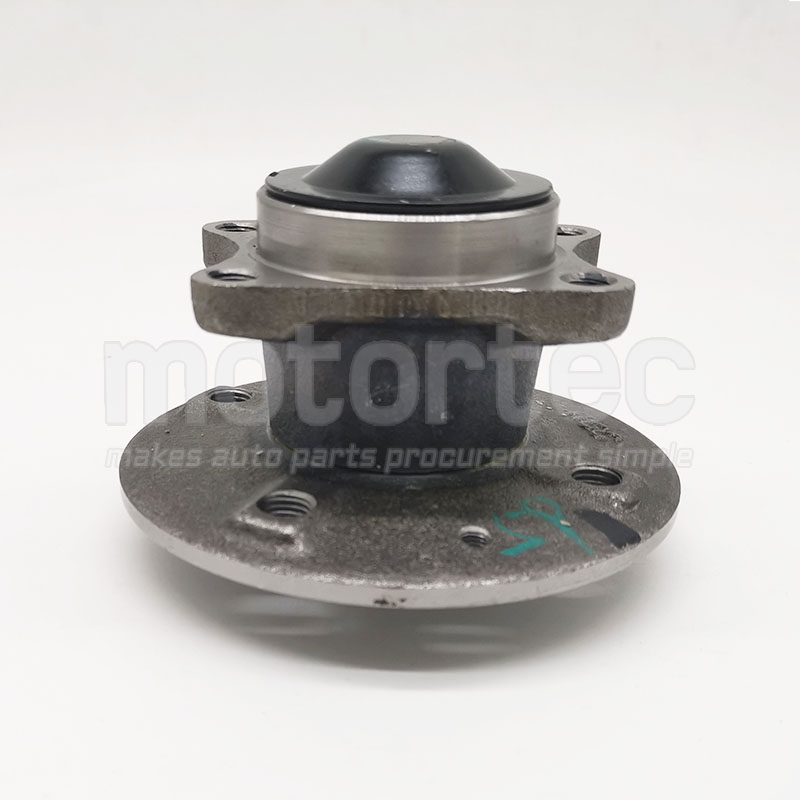
What is MAXUS wheel hub
- Categories:Industrial
- Time of issue:2022-12-28 11:45
- Views:
What is MAXUS wheel hub
MAXUS car hub refers to the accessories used to carry the rigid moment of inertia between MAXUS cars and MAXUS tires, and can also be called rims, steel rings, etc. A complete MAXUS hub unit, including MAXUS car bearings, that is, a flange, cooperates with MAXUS tires to support the wheel. The main function is to affect the size of the brake specifications and the choice of tire specifications. The larger the MAXUS wheel hub can be put down, the larger the MAXUS brake system, the wider the MAXUS hub can be used, and the higher the performance of the wider tire.

Early cars did not have car wheels, but used simple double-bearing units and used close to solid tires. Solid tires were extremely poor in performance and driving comfort. The wheel hub and the tire cooperate, and the MAXUS tire is responsible for directly contacting the ground and bearing the soft pressure of the car's driving inertia, and then the strong wheel hub bears the hard inertial pressure.
So is it true that the larger the rim of the MAXUS car and the larger the brake system, the better the braking performance of the car?
The tires have the greatest impact on the braking performance of a car. A tire with better performance can reduce the distance from braking to rest by a few meters at 100 kilometers per hour. For example, it is normal to reduce the braking distance from the original 39 meters to less than 35 meters. Larger rims and larger brake systems are most useful for braking cars with greater inertia.
As a professional Maxus auto spare parts dealer, we could provide our customers good and professional service.You are welcome to contact us at john@motortec.com.cn or find our CONTACTS page.
* Good quality auto parts with competitive price
* Professional auto parts packaging
* On-time delivery
Applicable Models

Contact us
MotorTec (Nanchang) Auto Parts Ltd.
Address: No. 102 building, No.1167 1st Fushan Road, Xiaolan Economic Development Zone, Nanchang City, Jiangxi Province
Whatsapp/Wechat: +86 189 7088 5876
E-Mail:john@motortec.com.cn
Copyright 2021 MotorTec (Nanchang) Auto Parts Ltd. All Rights Reserved 赣ICP备2021008218号 SEO

 +86 189 7088 5876
+86 189 7088 5876 



 E-mail
E-mail  SKYPE:+86 132 8589 2767
SKYPE:+86 132 8589 2767 